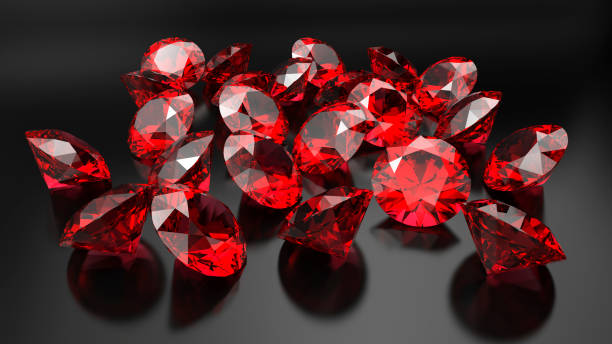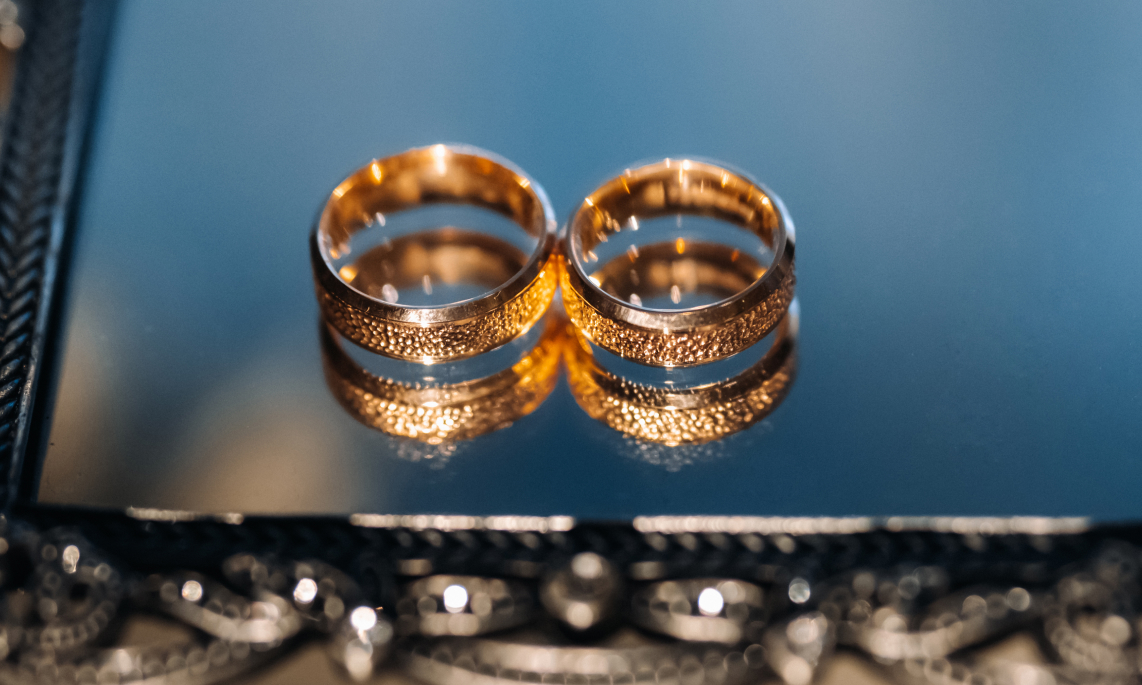
When you think of diamonds, you might picture romance, luxury, and timeless eleganceBut there’s a shadowy side to this glittering world: blood diamondsUnderstanding what they are and the issues surrounding them is crucial for anyone who values ethical consumerismLet’s dive in!
Table of Contents
Understanding Blood Diamonds
What Are Blood Diamonds?
Blood diamonds, also known as conflict diamonds, are precious stones mined in war zones and sold to finance armed conflict against governmentsThese diamonds are often extracted under horrific conditions, and their sale has fueled violence and human rights abuses in many parts of the world.
The History Behind Blood Diamonds
The term “blood diamond” gained prominence in the late 1990s when the issue became more visible, particularly in the Sierra Leone Civil WarRebel groups financed their operations through the sale of diamonds, leading to widespread atrocities, including forced labor, violence, and even murder.
The Impact of Blood Diamonds
Human Rights Violations
The human cost of blood diamonds is staggeringMany miners work under brutal conditions, facing violence and exploitationChildren are often forced into labor, and communities are torn apart by the violence funded by diamond salesThe term “blood diamond” embodies this brutal reality.
Environmental Consequences
It’s not just human lives that suffer; the environment pays a hefty price tooDiamond mining often leads to deforestation, soil degradation, and pollutionThe ecological impact can be devastating, leaving communities without resources and affecting biodiversity.
The Kimberley Process
What is the Kimberley Process?
In response to the blood diamond crisis, the Kimberley Process Certification Scheme (KPCS) was established in 2003This international initiative aims to prevent the trade in conflict diamonds by requiring that diamonds be certified as conflict-free.
Effectiveness of the Kimberley Process
While the Kimberley Process has made strides in reducing the flow of blood diamonds, it’s not without its flawsCritics argue that it has loopholes that allow conflict diamonds to slip through, and many diamonds labeled as “conflict-free” may still be linked to human rights abuses.
Ethical Alternatives to Blood Diamonds
Lab-Grown Diamonds
One promising alternative is lab-grown diamondsCreated in controlled environments, these diamonds have the same physical and chemical properties as mined diamonds, but they come without the ethical baggagePlus, they’re often more affordable!
Fair Trade Diamonds
What Are Fair Trade Diamonds?
Fair trade diamonds are sourced from mines that adhere to ethical labor practices, ensuring fair wages and safe working conditionsBy purchasing fair trade lab grown diamonds, consumers can help support communities and protect human rights.
Vintage and Antique Diamonds
Another alternative is vintage or antique diamondsThese stones have already been mined and can provide a unique and beautiful option without contributing to new mining operations or human rights abuses.
How to Make Informed Choices
Researching Diamond Sources
As a consumer, it’s vital to do your homeworkResearch the sources of the diamonds you’re consideringLook for jewelers who prioritize ethical sourcing and transparency.
Questions to Ask Your Jeweler
Don’t hesitate to ask questions! Inquire about where the diamonds come from, how they’re sourced, and what certifications they holdA reputable jeweler will be more than willing to provide this information.
Certifications to Look For
Look for certifications from organizations like the Responsible Jewellery Council (RJC) or the Kimberley ProcessThese certifications can provide reassurance that the diamonds have been ethically sourced.
The Role of Consumers in Ending Blood Diamonds
Raising Awareness
Consumers play a crucial role in the fight against blood diamondsBy raising awareness and discussing the issue, you can help shed light on the dark side of diamond mining.
Supporting Ethical Brands
Choose to support brands that prioritize ethical practicesYour purchasing power can make a difference, encouraging more companies to adopt fair and sustainable practices.
Conclusion
Blood diamonds represent a serious ethical dilemma in the world of luxury goodsUnderstanding their impact—both human and environmental—is essential for making informed choicesBy opting for ethical alternatives like lab-grown or fair trade diamonds, you can enjoy the beauty of diamonds while ensuring your purchase aligns with your valuesTogether, we can shine a light on this dark issue and promote a more ethical and sustainable diamond industry.



